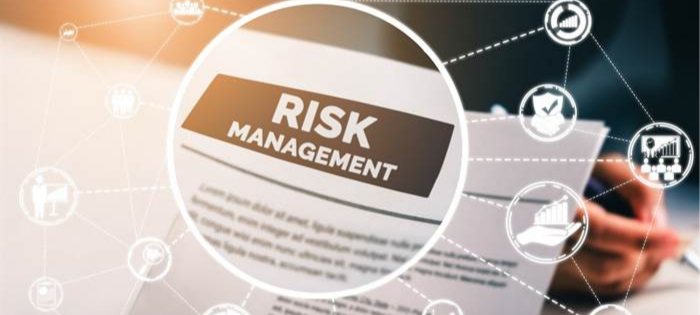
Environment
Comments: No Comments
As a facility environmental or plant manager, one of the most daunting letters you can receive is a Section 114 request from the U.S. Environmental Protection Agency (EPA). Under Section 114 of the Clean Air Act (CAA), EPA is authorized to require facilities to provide information about their operations. EPA can then use that information to develop new emissions standards or, as the case may be, to determine whether a facility is in violation of a rule or standard.
Section 114 Requests
Under the new administration, EPA sent out a Section 114 request earlier in 2021. This request asks facilities questions pertaining to compliance with Section 112(r) of the CAA, which requires facilities that store or use enough of a hazardous chemical to develop and implement a Risk Management Plan (RMP), as codified in 40 CFR 68.
While EPA normally asks for Section 114 responses within 30 days, they are providing leniency because of the COVID-19 pandemic. Despite the additional time, many facilities receiving this letter may not have the background to understand the requirements of the RMP program, whether their facility is in compliance, and how to respond to EPA’s request.
RMP Program
The RMP program was developed in the 1990s. RMP regulates approximately 12,500 facilities, including agricultural supply distributors, waste/wastewater treatment facilities, chemical manufacturers and distributors, food and beverage manufacturers, chemical warehouses, oil refineries, and other chemical facilities.
The goal of the RMP program is to prevent accidental releases of toxic substances that can cause serious harm to the public. To do this, the program requires subject facilities to develop and implement an RMP for their specific operations. According to EPA, “The RMP rule requires facilities that use extremely hazardous substances to develop a Risk Management Plan which:
- identifies the potential effects of a chemical accident,
- identifies steps the facility is taking to prevent an accident, and
- spells out emergency response procedures should an accident occur.”
Modeling Analysis
The RMP must include an air dispersion modeling analysis that addresses air pollution impacts from both a worst-case release of a toxic substance (e.g., a storage tank that ruptures and releases all its contents) and an alternative/more realistic release of a toxic substance (e.g., a loading hose that gets unhinged). This modeling establishes how far from the facility potential harmful impacts can occur and then identifies public receptors within that area—locations where the public would be at risk should an accident occur. These public receptors include schools, residences, parks, hospitals, etc.
In most cases, the required modeling is known as “dense gas” modeling, because typically the toxic substances covered by this rule behave as dense gas when they hit the atmosphere. For example, ammonia is liquefied under pressure in many refrigeration systems. If that ammonia is suddenly released to the atmosphere, it forms a mixture of vapor and very fine liquid droplets, and those droplets quickly cool the nearby air such that a cold mixture of air and ammonia vapor is formed. This mixture is denser than air and thus needs to be modeled appropriately. The dispersion model most often used for industries, AERMOD, is not the right model in this case.
Next Steps
For facilities who have received a Section 114 request and/or who are impacted by the RMP, it is important to:
- Understand the hazards posed by chemicals at the facility.
- Assess the impacts of a potential release.
- Design and maintain a safe facility to prevent accidental releases.
- Coordinate with local emergency responders.
- Minimize the consequences of accidental releases that do occur.
KTL has experience working with a broad cross-section of industries impacted by RMP, particularly chemical companies. We have created RMP and General Duty Clause audit protocols, conducted audits and investigation/improvement programs following significant release events. In addition, our team provides Tier II and TRI reporting, writes plans for OSHA and Emergency Response, routinely works with Local Emergency Planning Commissions (LEPCs) to coordinate emergency response efforts and exercises to keep communities informed and safe, and has partnered with Blue Sky Modeling to provide the required air dispersion modeling analysis.
About Blue Sky Modeling LLC
Blue Sky Modeling, LLC (BSM) is a KTL partner specializing in air quality modeling. BSM primarily models emissions of air pollutants using traditional air dispersion models (i.e., AERMOD and CALPUFF) in support of air quality permitting efforts. In addition to traditional air dispersion modeling, BSM also performs both accidental release and noise modeling; negotiates modeling strategies with air quality regulators; teaches air dispersion modeling courses; and provides expert testimony on modeling issues. BSM has modeled every type of source imaginable, including, but not limited to, oil and gas, power generation, smelting, cement, and chemical.
